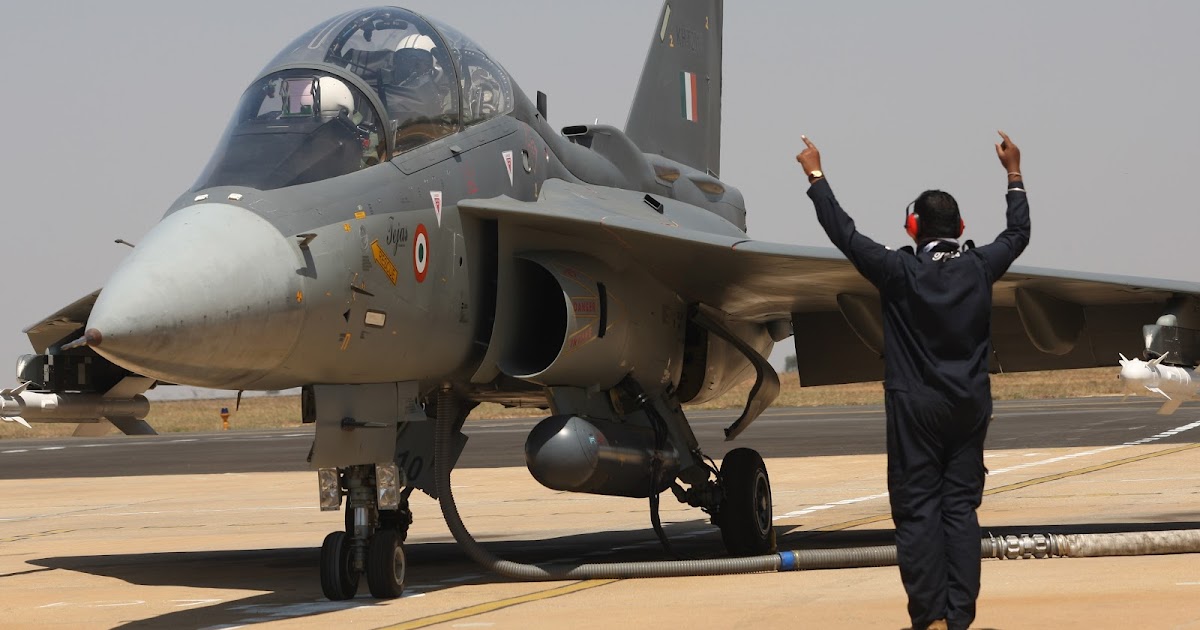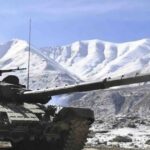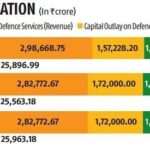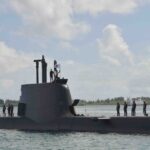
Part 2: With 180 Tejas Mark 1A on order, HAL boosts production capacity in Nashik to 12 fighters annually
Part 2 of a 4-part series: “Soaring Tejas”
By Vikas Gupta
HAL, Bengaluru
Defence News of India, 29th May 24
Hindustan Aeronautics Limited (HAL), the lead integrator of the indigenous Tejas light combat aircraft (LCA), is grappling with an unusual predicament: a problem of plenty.
Plenty of orders, that is. After taking more than two decades to build and induct the first 40 Tejas Mark-1 fighters, HAL must now produce and induct the next 180 Tejas Mark 1As – the new, more capable variant of the Tejas Mark-1 – in less than a decade.
This will require HAL to accelerate its current production rates, dramatically scaling up the rate at which it will churn out the new Tejas Mark-1A fighter.
After the Tejas Mark 1’s inaugural flight in January 2001, it took the Indian Air Force (IAF) another 14 years to commission the first Tejas squadron – Number 45 Squadron, the Flying Daggers. This year, it will be another 10 years before the second Tejas squadron – Number 18 Squadron, the Flying Bullets – expects to be operationalised.
A fighter squadron normally fields 20-21 single-seat aircraft. These include: 16 single-seater and two twin-seat trainer aircraft. Three more fighters are held in reserve to make up combat losses.
HAL moved its production into top gear in February 2021, when the Ministry of Defence (MoD) contracted with it for 83 Tejas Mark-1A fighters (four squadrons). The pressure on HAL increased further last month when the MoD began processing a contract for 97 more.
HAL’s chief, CB Ananthakrishnan, has identified his key challenge as creating enough production capacity to satisfy the IAF’s demand for aircraft. If HAL fails at that, the IAF is likely to approach global original equipment manufacturers (OEMs) to meet India’s requirement.
HAL began its Tejas production with limited capacity: an assembly line in Bengaluru that could produce eight fighters a year. This could be doubled to 16 aircraft annually.
“But that restricted us to slower deliveries and a longer delivery period. So we pro-actively put up a third production line in Nashik, ramping up our capacity to 24 aircraft per year,” said Ananthakrishnan.
“Consequently, HAL is building eight fighters a year at its LCA Division in Bangalore; another eight in the so-called Aircraft Division in Bangalore and another eight in MiG Complex in Nashik. Other HAL divisions, such as the Composites Division, feed into these three main production lines,” says Ananthakrishnan.
This will provide HAL the capacity to build the Tejas LCA at two production rates: 16 aircraft per year as per the “Contracted Schedule”; and 24 as per the “Enhanced Delivery Schedule.”
“If, for any reason, we are unable to build these numbers in HAL we have a back-up plan involving the private industry. Private industry will also feed into these three main lines by building major assemblies, such as front fuselage, centre fuselage, rear fuselage, wings, etc. This adds to HAL’s capacity to make up for any shortfall that may arise,” says HAL’s chief.
This will amount to a back-up production line for four full structures, he says.
The facilities that would be set up to build these 220 fighters would be: 16 per year in Bangalore Complex and 8 per year in the MiG complex in Nashik where, for two decades, HAL assembled the Sukhoi-30MKI. HAL can increase Nashik’s capacity from eight to 12, with certain incremental infrastructure. But there is no plan to do this at present.
“Earlier, we were producing 12 numbers of Sukhoi-30MKIs on an average each year, with each aircraft requiring 6-8 lakh manpower hours in Nashik, in addition to the outsourcing. LCA’s full capacity will be unleashed, as it requires just 1.75 lakh manpower hours,” says the HAL chief.
Next: Part 3 (Manufacturing the Tejas Mark 2)






